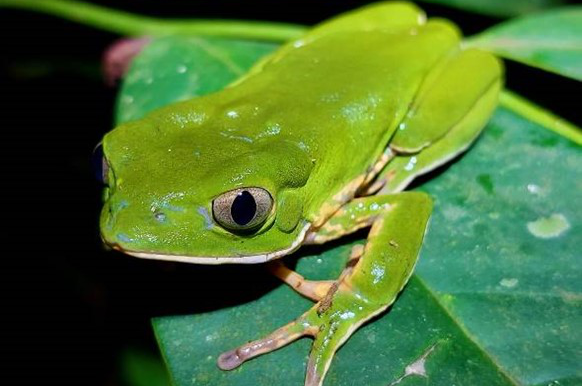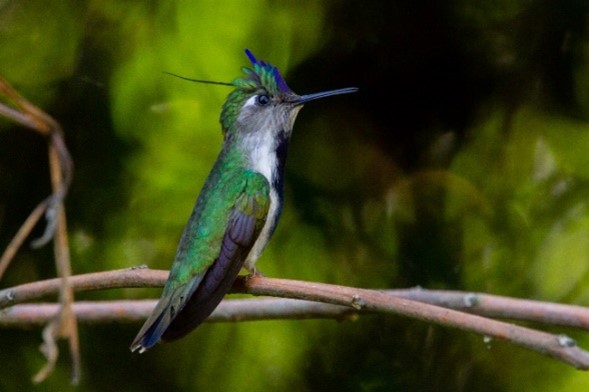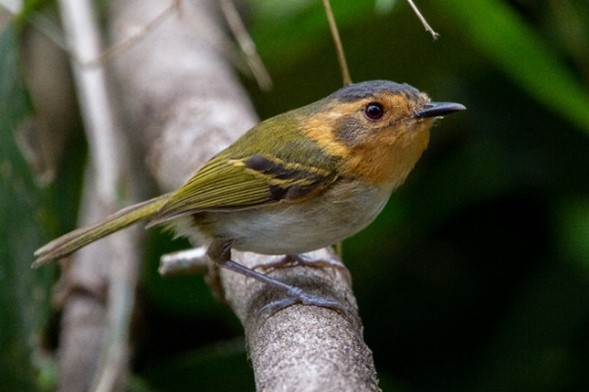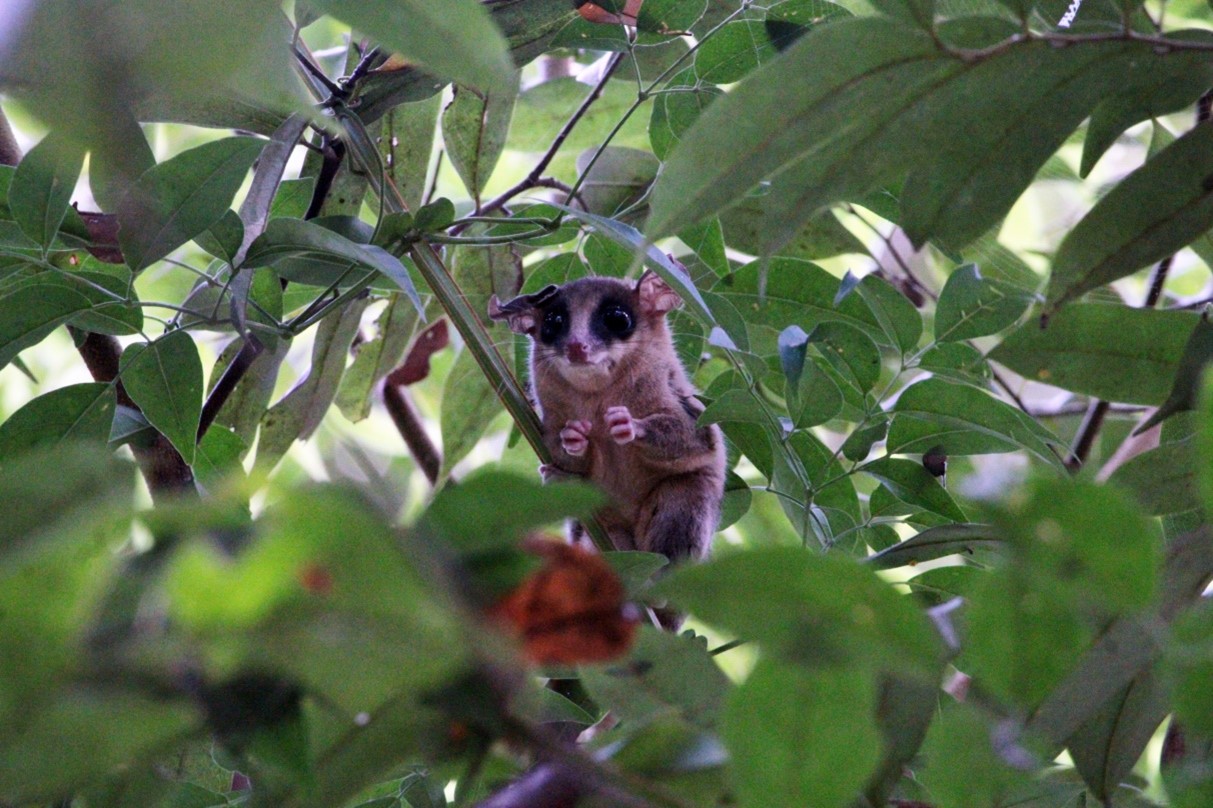
Fauna monitoring programs aim to study the animal groups that occur in a given region over time, providing relevant information on their biology, behavior, abundance and diversity, among other data. Copel Geração e Transmissão carries out Fauna Monitoring Programs in accordance with the requirements of the environmental licensing process. In this context, it contributes to assessing the impacts of projects on wildlife before, during and after their implementation.
Monitoring is carried out by a team made up of specialists in each of the fauna groups to be studied, which are generally: mastofauna, avifauna, herpetofauna and meliponids. The studies are carried out through seasonal field campaigns, using specific methods of capture, recording and analysis for each group.
The results of these studies help to understand the impacts on fauna resulting from the project in question, and can also generate data applicable to other projects in the same category. In addition, monitoring is important for defining environmental strategies and measures that can be applied to the conservation of local or regional fauna.
The reports produced by the Terrestrial Fauna Monitoring Programs are sent to the requesting environmental agencies, so that they can also be useful for defining more effective strategies.
